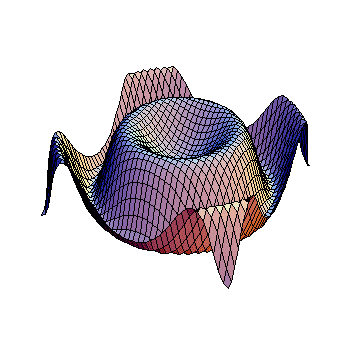Question #9a31c
2 Answers
Explanation:
let say
therefore,
Technically speaking, quadratic functions are not invertible, because the ONLY point where two x values do NOT map to a single y value is the vertex. But let's proceed.
Explanation:
Given:
Substitute
Use the property
Subtract 2 from both sides:
Divide both sides by 2:
Use the square root on both sides:
Please observe that, if you want to restrict the inverse to returning only real values, you should restrict x to be greater than or equal to 2, at this point.
Add 4 to both sides:
This is two functions:
To assure that these are inverses of the original, you should verify that

